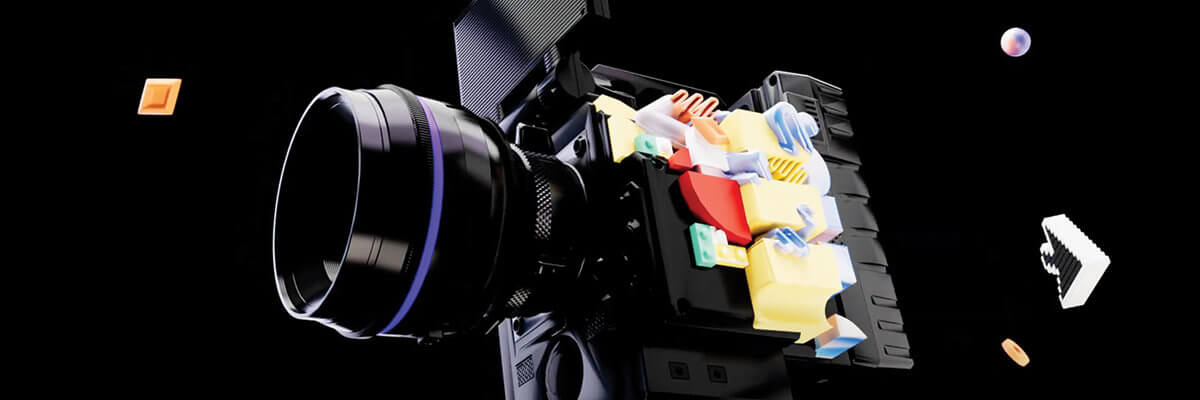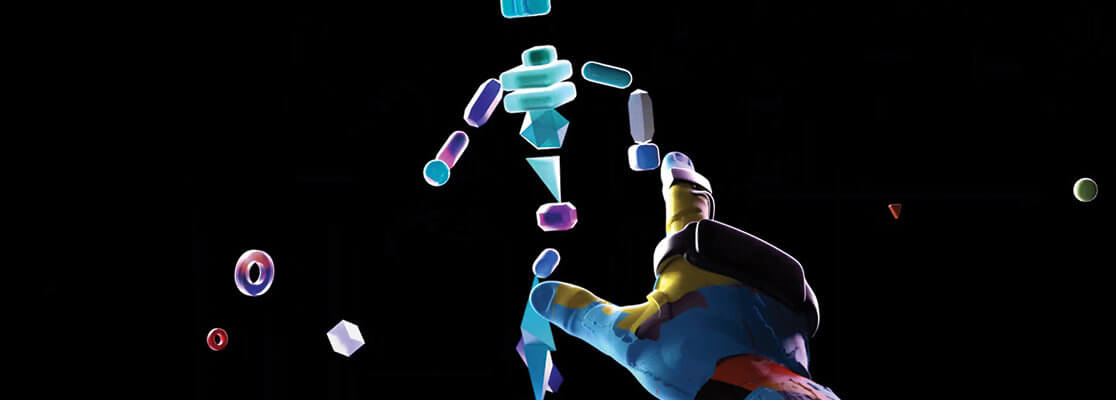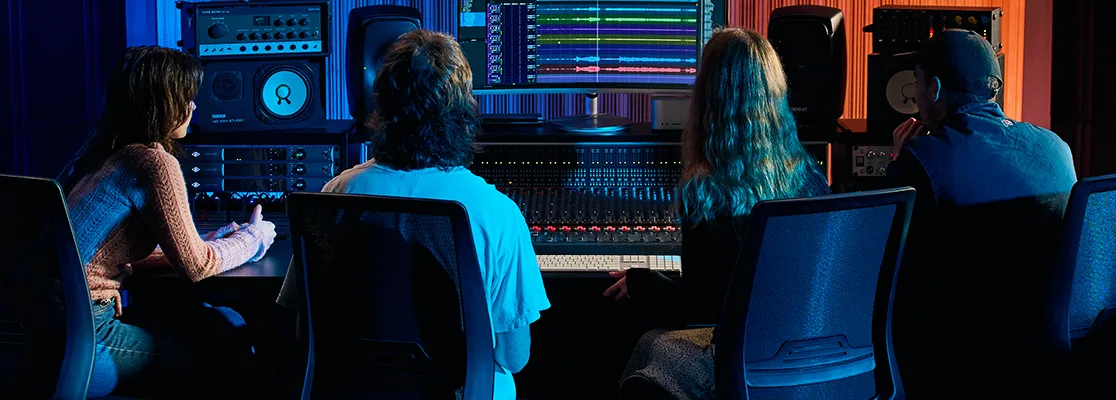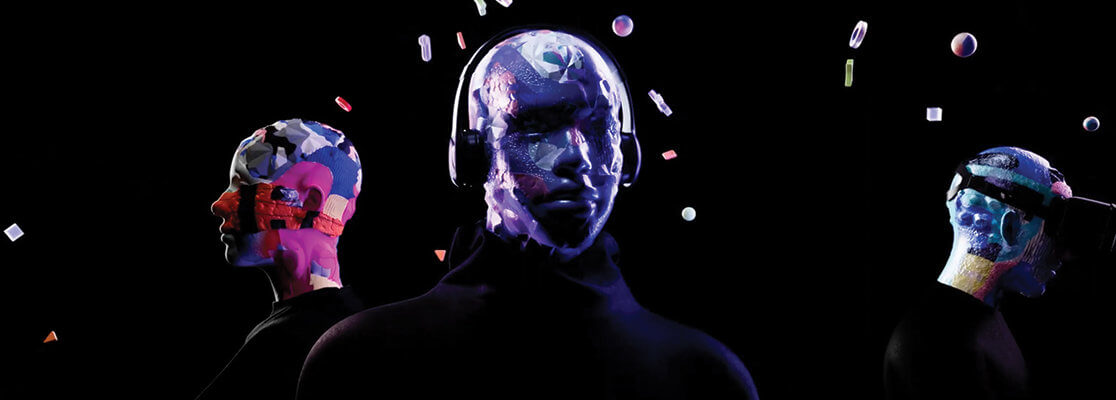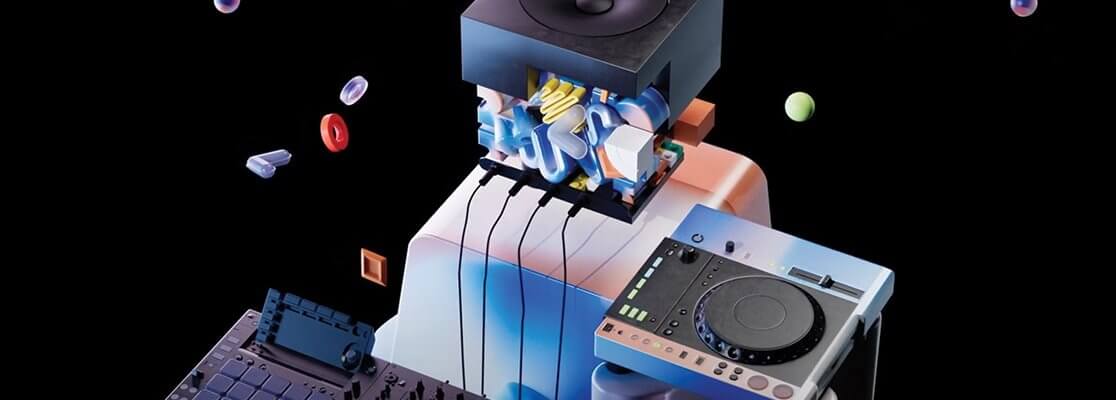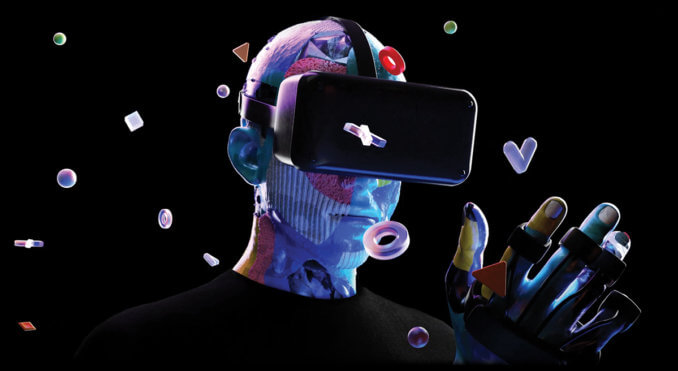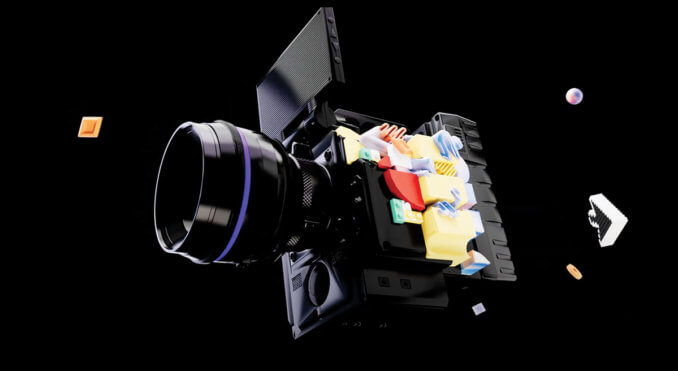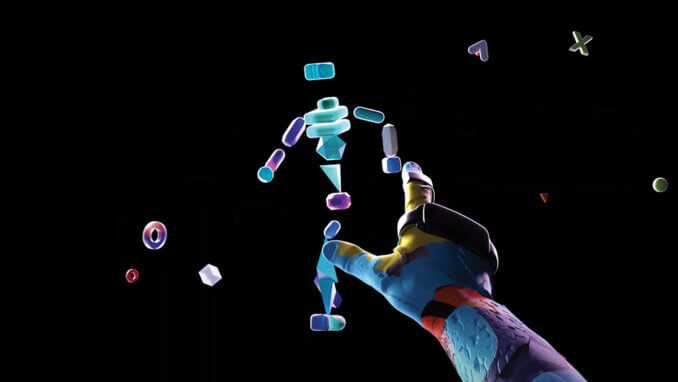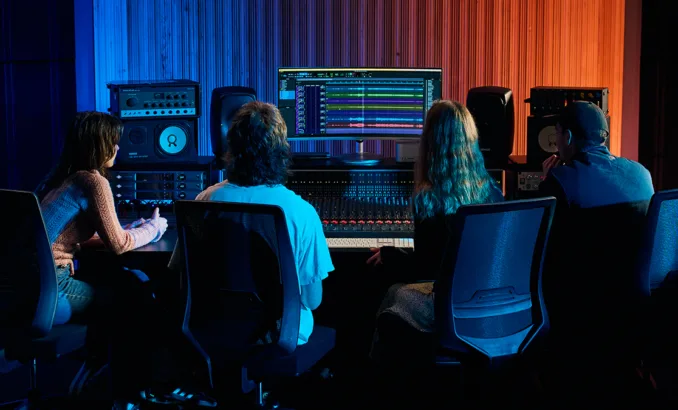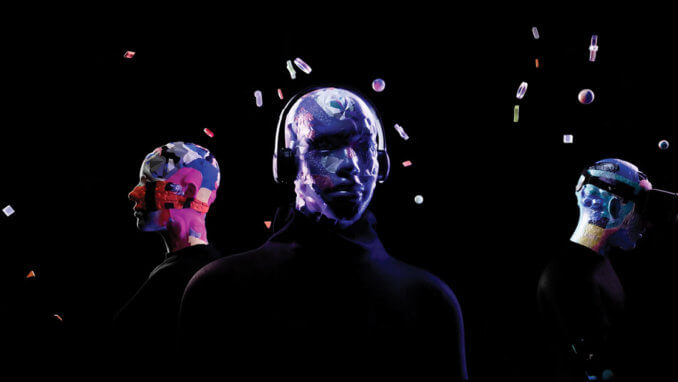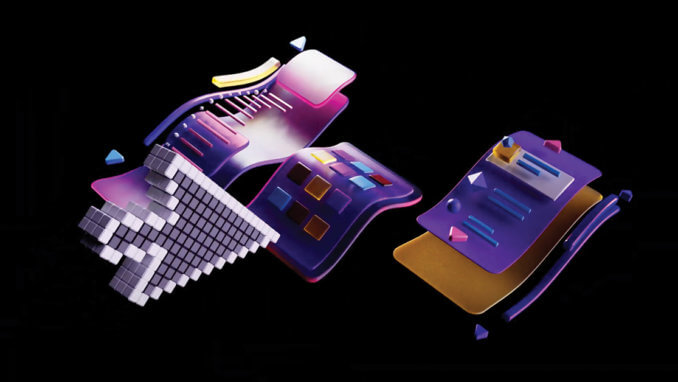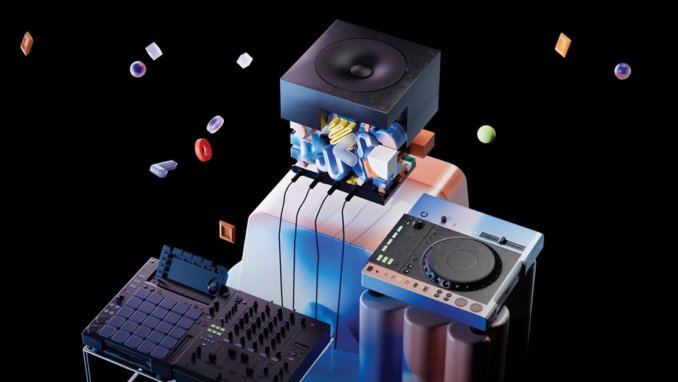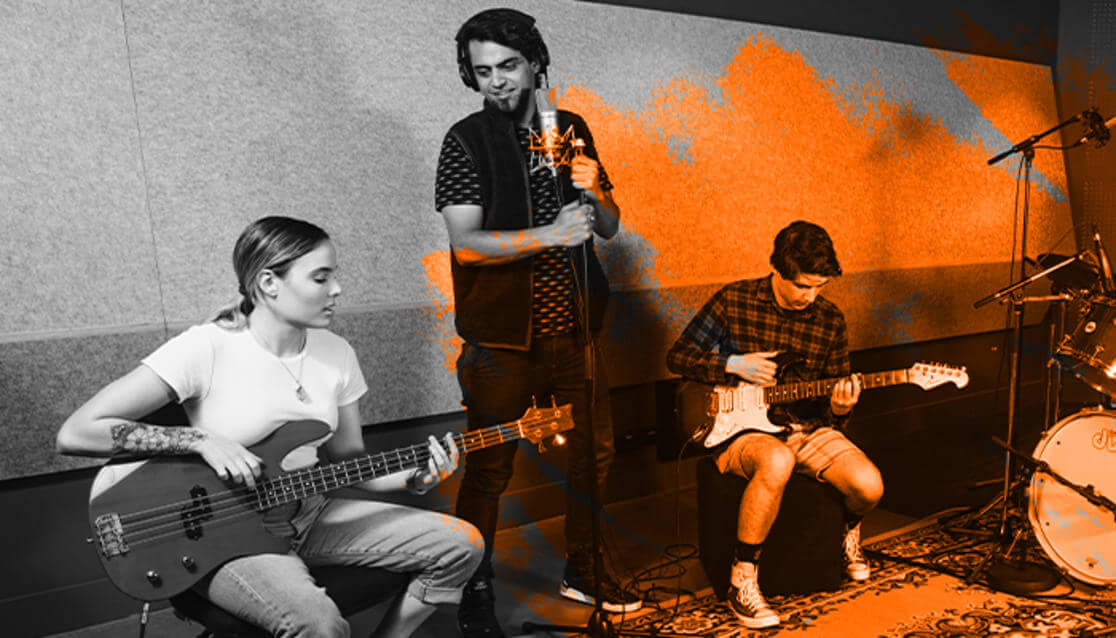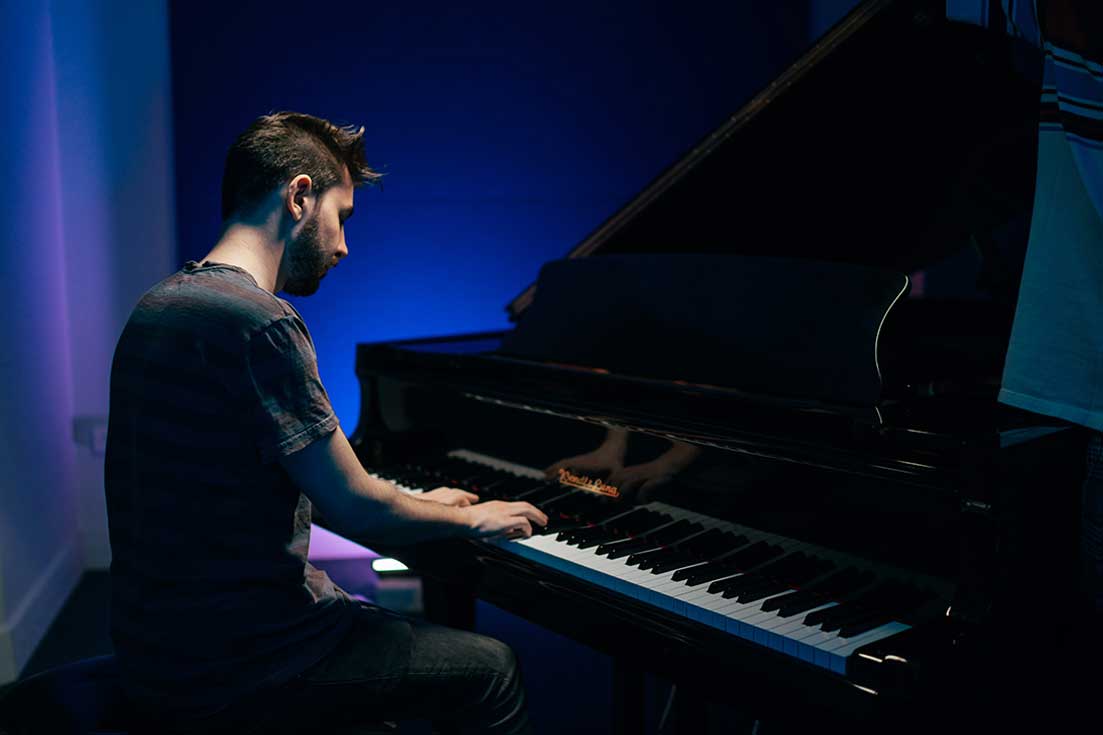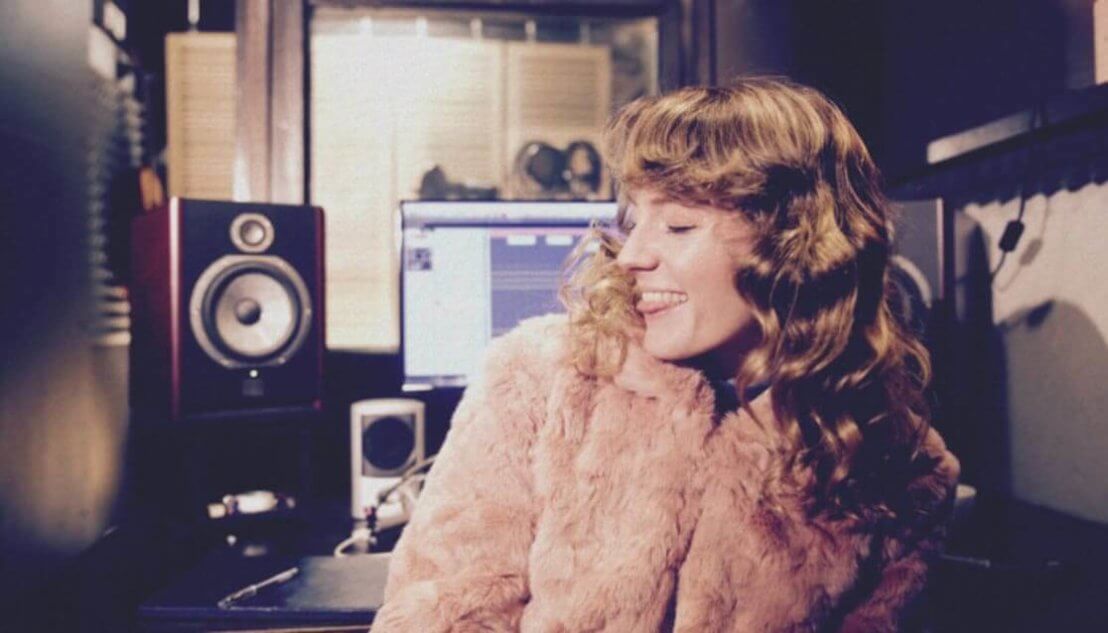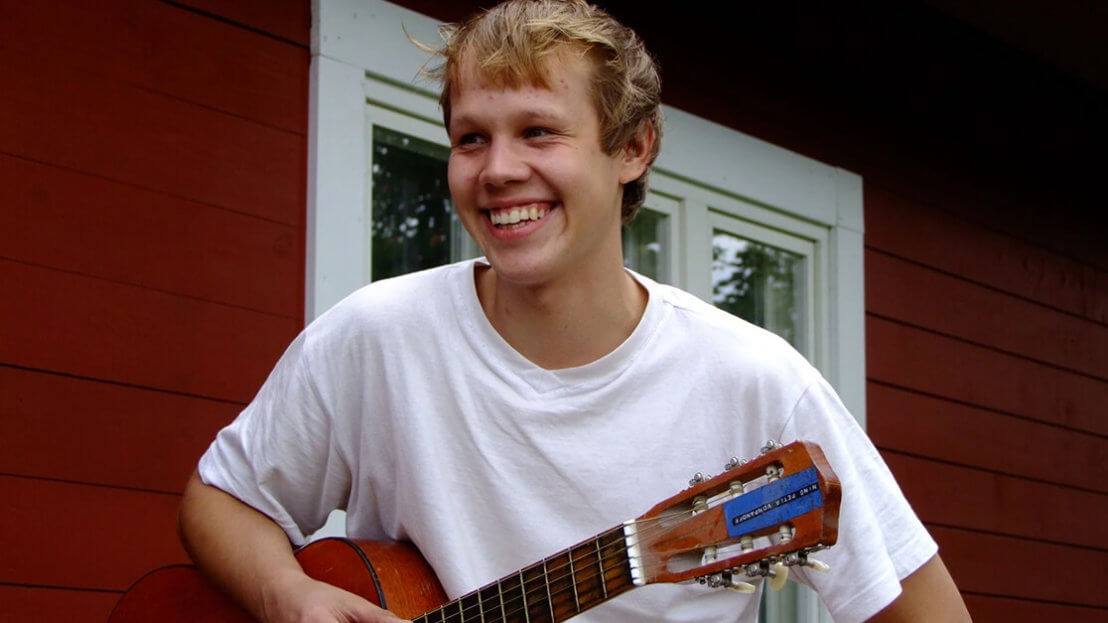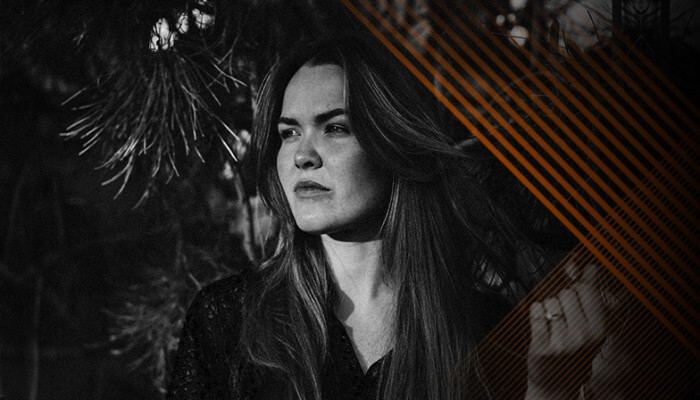There’s a delicate balance between the individual and the collaboration across the songwriting and music production process. The connection between these art forms is sometimes overlooked, but when understood and harnessed, we see the magic of music come to life. SAE’s new Bachelor of Music is all about the ‘Three Musical Arts’ and we’re going to unpack these for you today.
The Art of Composition
The first art, composition, takes on all forms music. It’s conceptual, technical, and very personal. In the contemporary process, the artist’s concepts are more often expressed through technology than by ‘old school’ pen and paper, making collaboration far easier today. Composition is often developed through the process of feedback and this is a core element of the Bachelor of Music at SAE. The art of composition should be one that is deeply personal, but often needs collaboration to explore and finalise the piece. – This is especially true in the collaborative world of contemporary songwriting and music production.
The Art of Performance
Performance, the second art, is where a composition is interpreted, refined, extended, and expressed, either live or in the studio. It’s this phase of ‘bringing to life’ where the contributions of the collaborators are perfected and rehearsed to make the whole piece more than the sum of its parts. The course enables students to refine their performance, come together to rehearse and prepare before entering a studio space.
The Art of Record Production
Record production is where musical ideas are realised, ‘impossible’ performances are created, and compositions that start in one person’s mind are captured and morphed into a sonic experience for all to enjoy. This third art doesn’t exist without the other two, but it can significantly extend and enhance the music developed by the first two. It’s the final piece that enables musicians to be heard.
Prior to the 1960s, the roles of lyricist, composer, performer, recording engineer, and record producer were (for the most part) separated, but these roles are much more fluid now, with technology enabling timelines and processes to overlap, roles to be shared, and international collaborations essential.
CONTRIBUTING AUTHOR
Author Dr. Colin Webber
As Dean of SAE Australia, Colin is continuing his passion to provide the highest quality education to emerging practitioners in the Creative Industries.


